Training Camp Report
Nara, Japan
copyright © 2017 Douglas Tong, all rights reserved
______________________________________________________
In September 2017, we had the honour of attending the annual Yagyu Gasshuku on the arts of Yagyu Shinkage Ryu and Yagyu Shingan Ryu Taijutsu. Our Tokumeikan Group numbered 9 people.
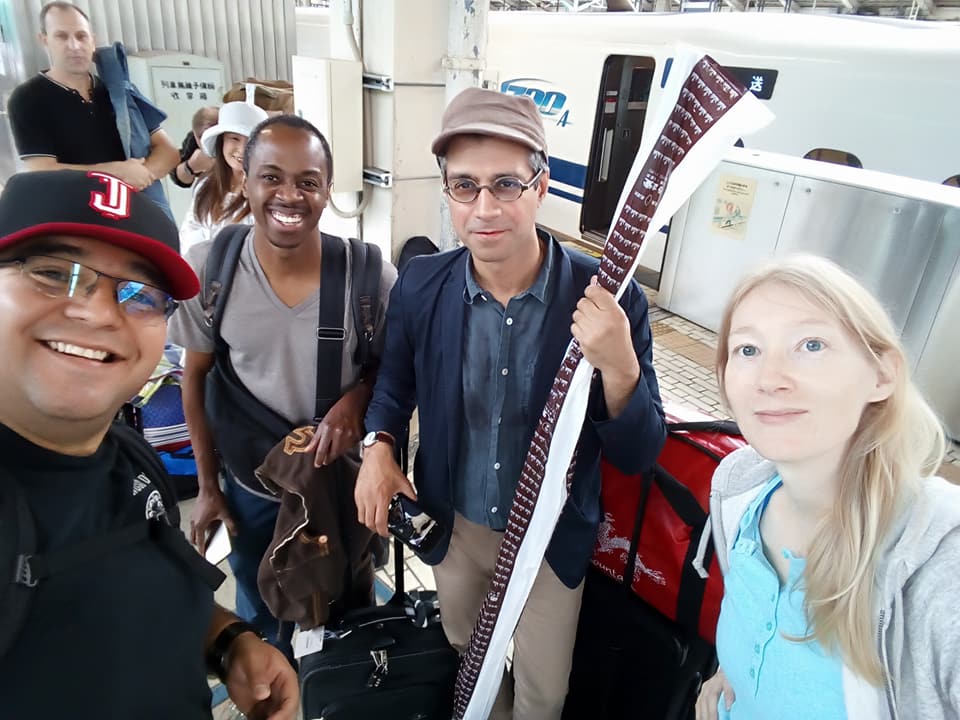
They traveled to the historic Yagyu Village and spent three nights there training and experiencing the cultural traditions of the art.
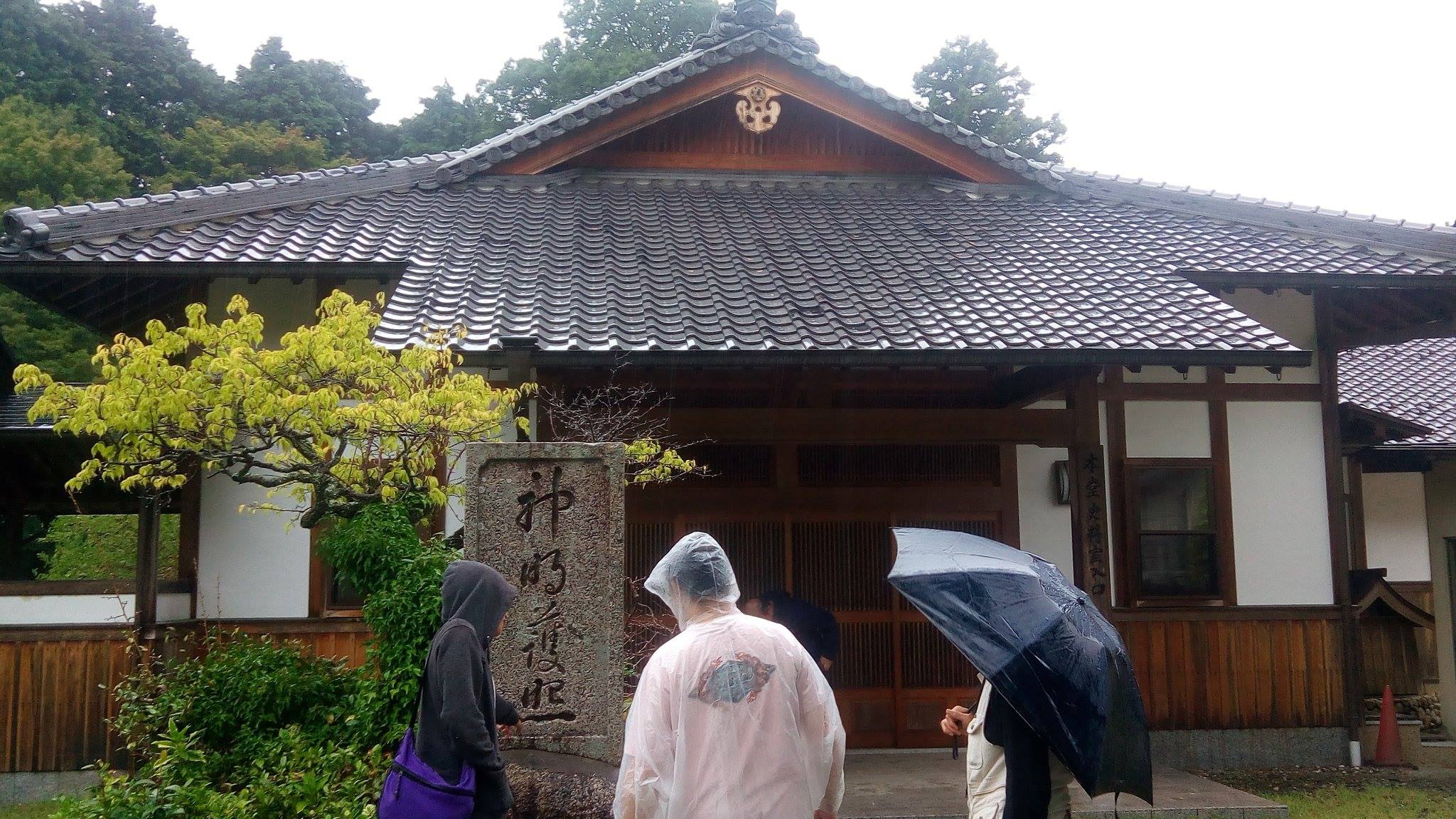
They visited the famous Itto-Seki (the rock which Yagyu Munetoshi Sekishusai split in two with his sword).
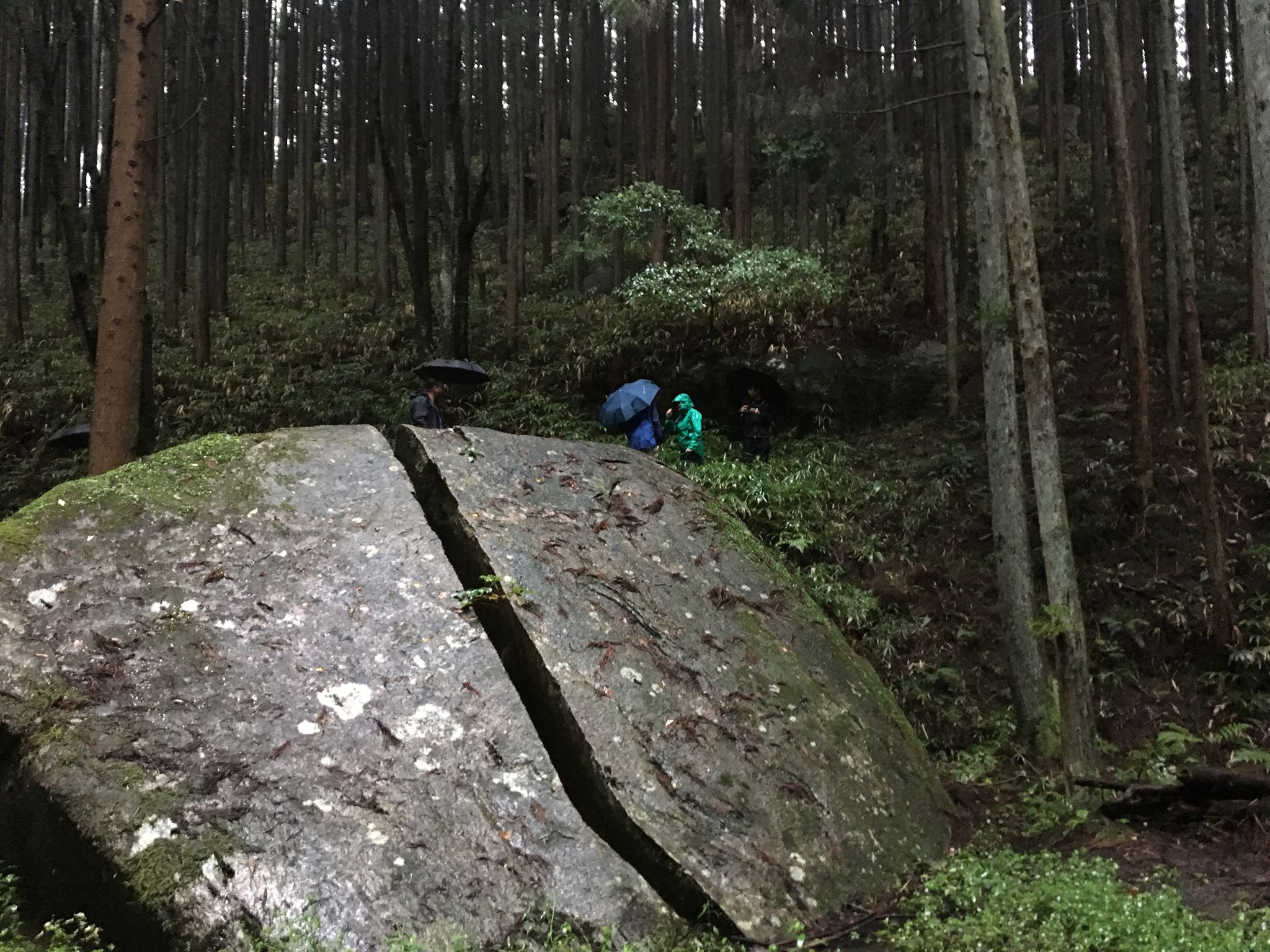
They also visited the graves of the Yagyu masters.
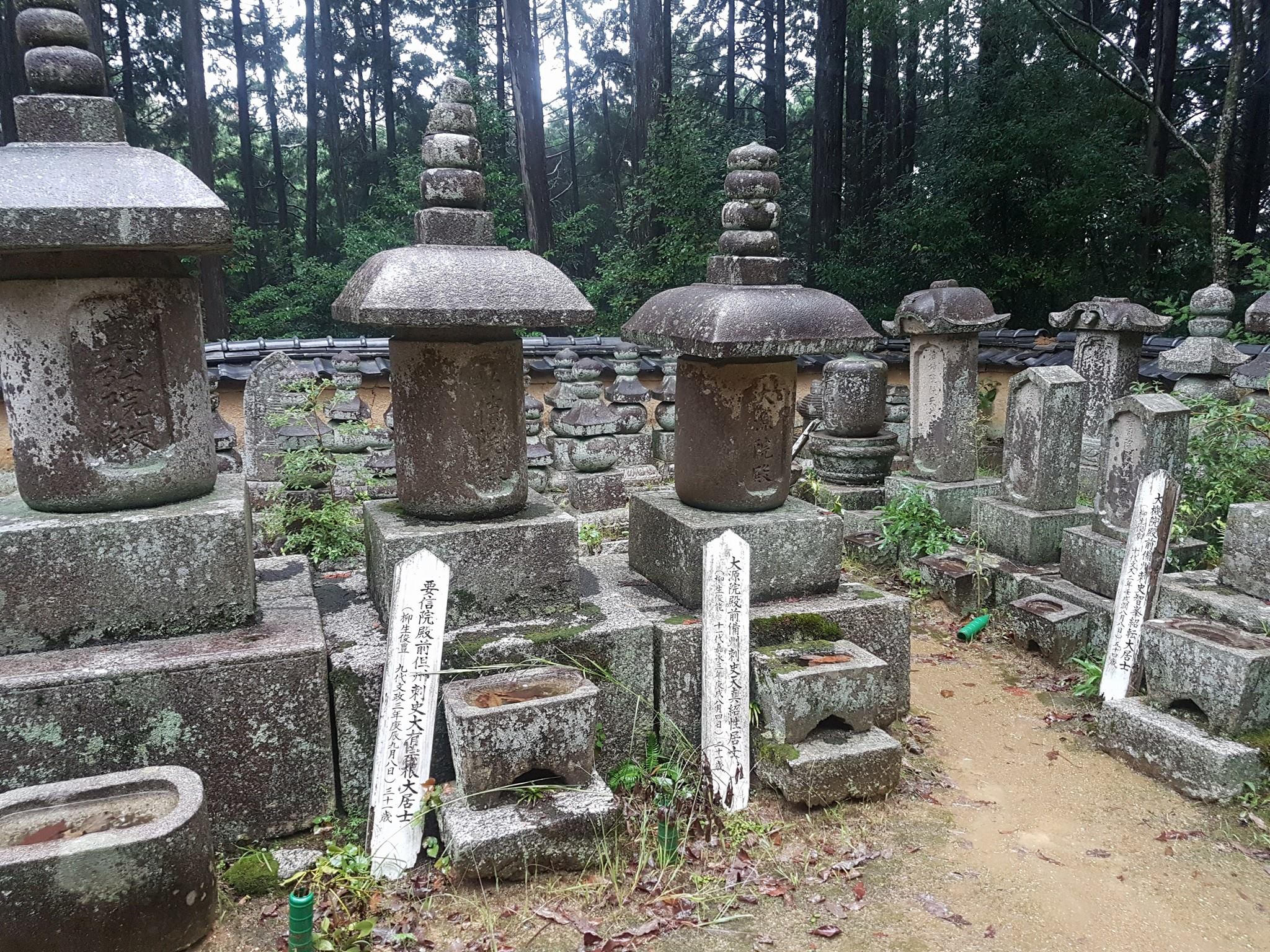
They got the chance to see the Yagyu Museum on the grounds of the village which contain many treasures of the style.
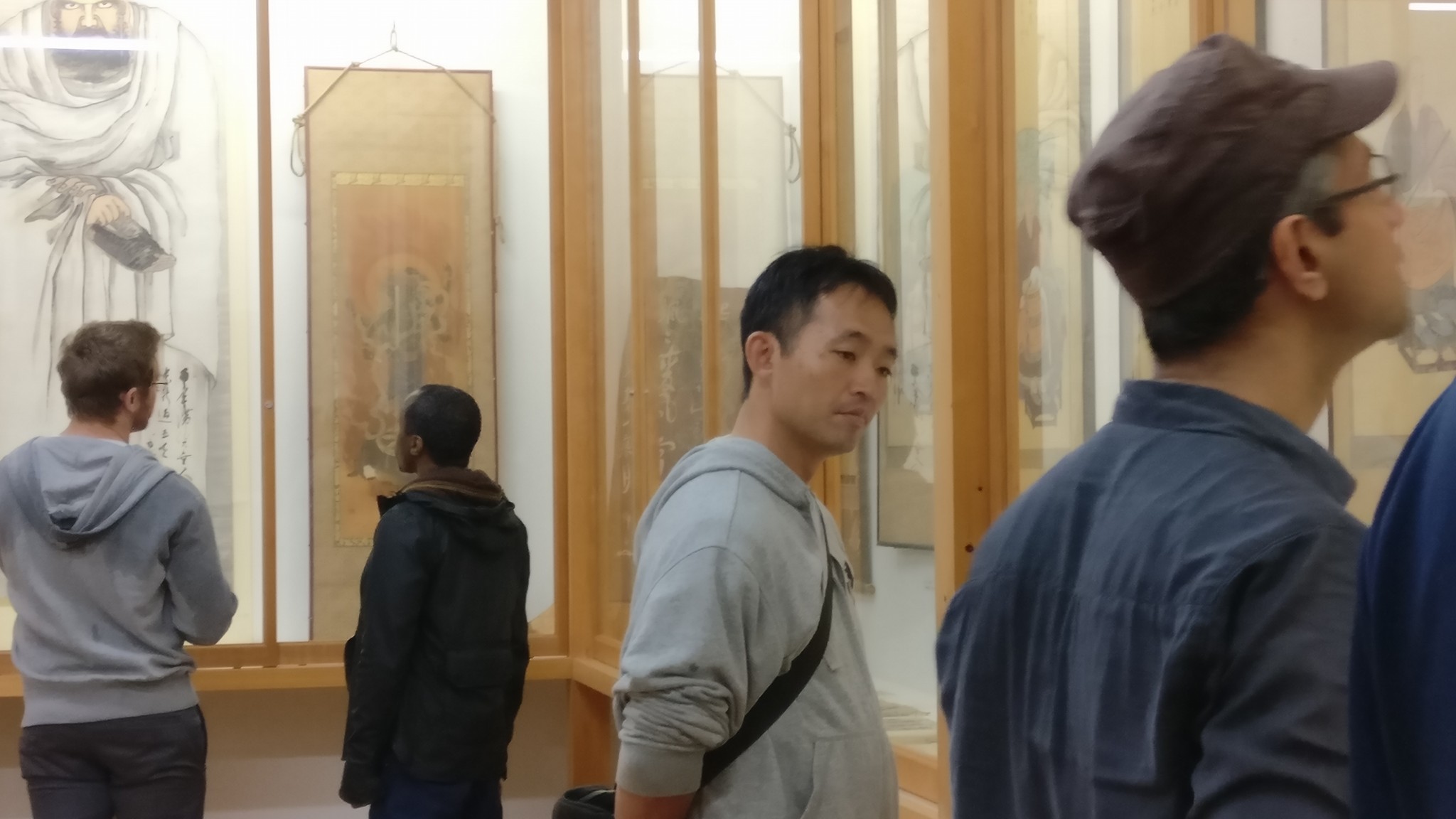
The statue of Yagyu Munenori.
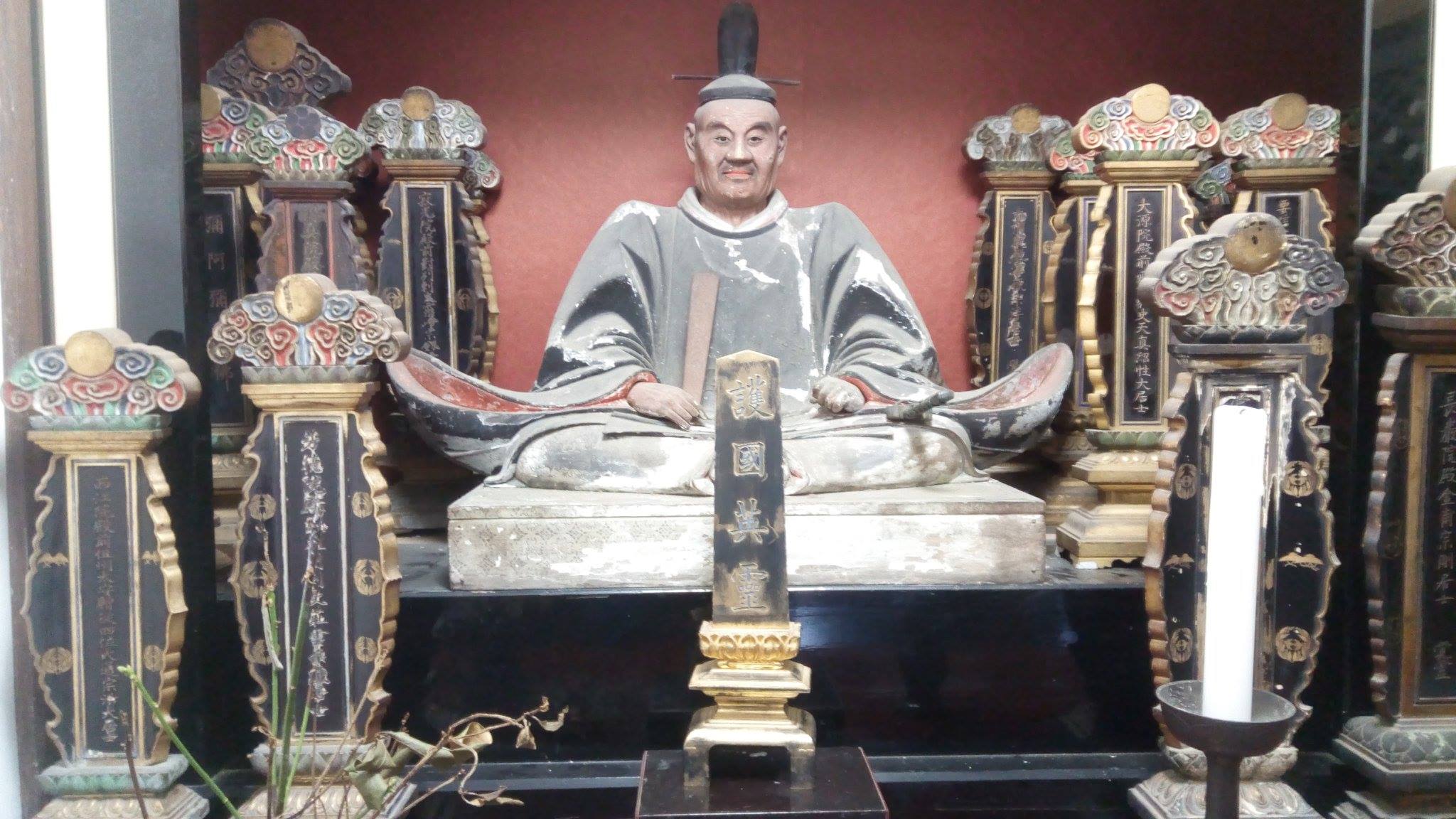
The famous fukuro-shinai and Yagyu Jubei cane.
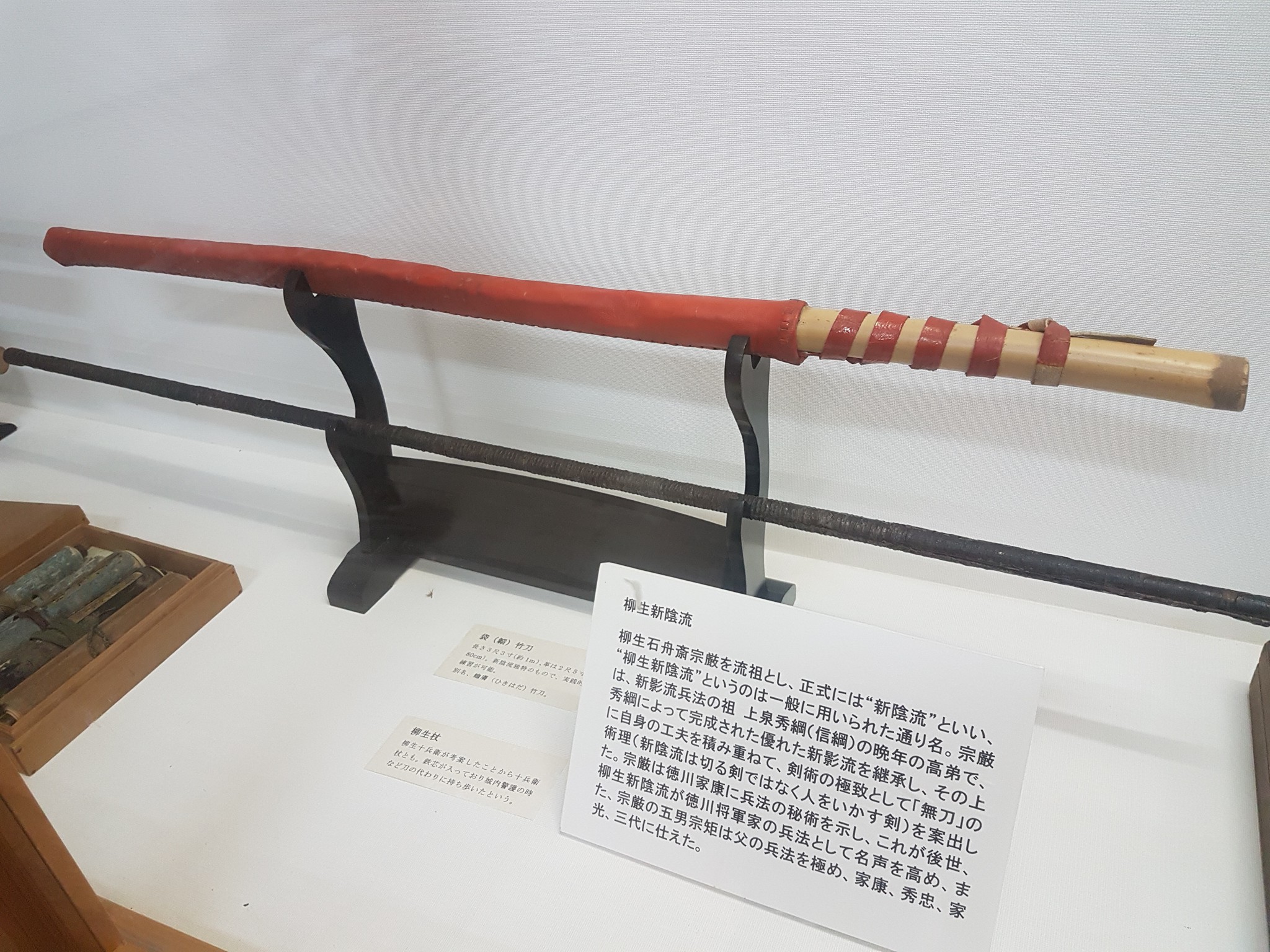
Famous sword guards (tsuba) treasured by the Yagyu sword masters.
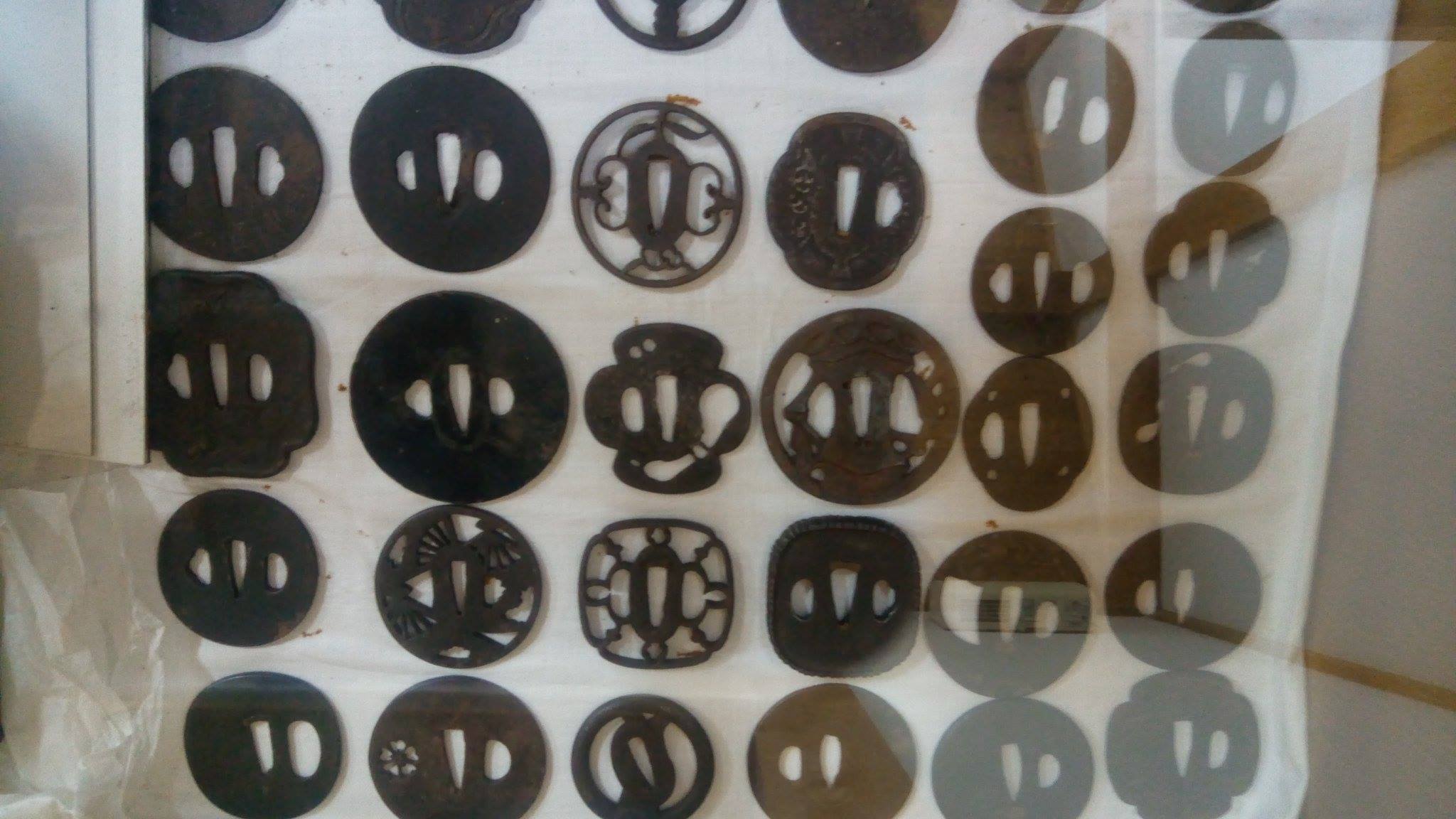
The famous scrolls containing all the secrets and knowledge of the art which has been handed down from generation to generation for 500 years.
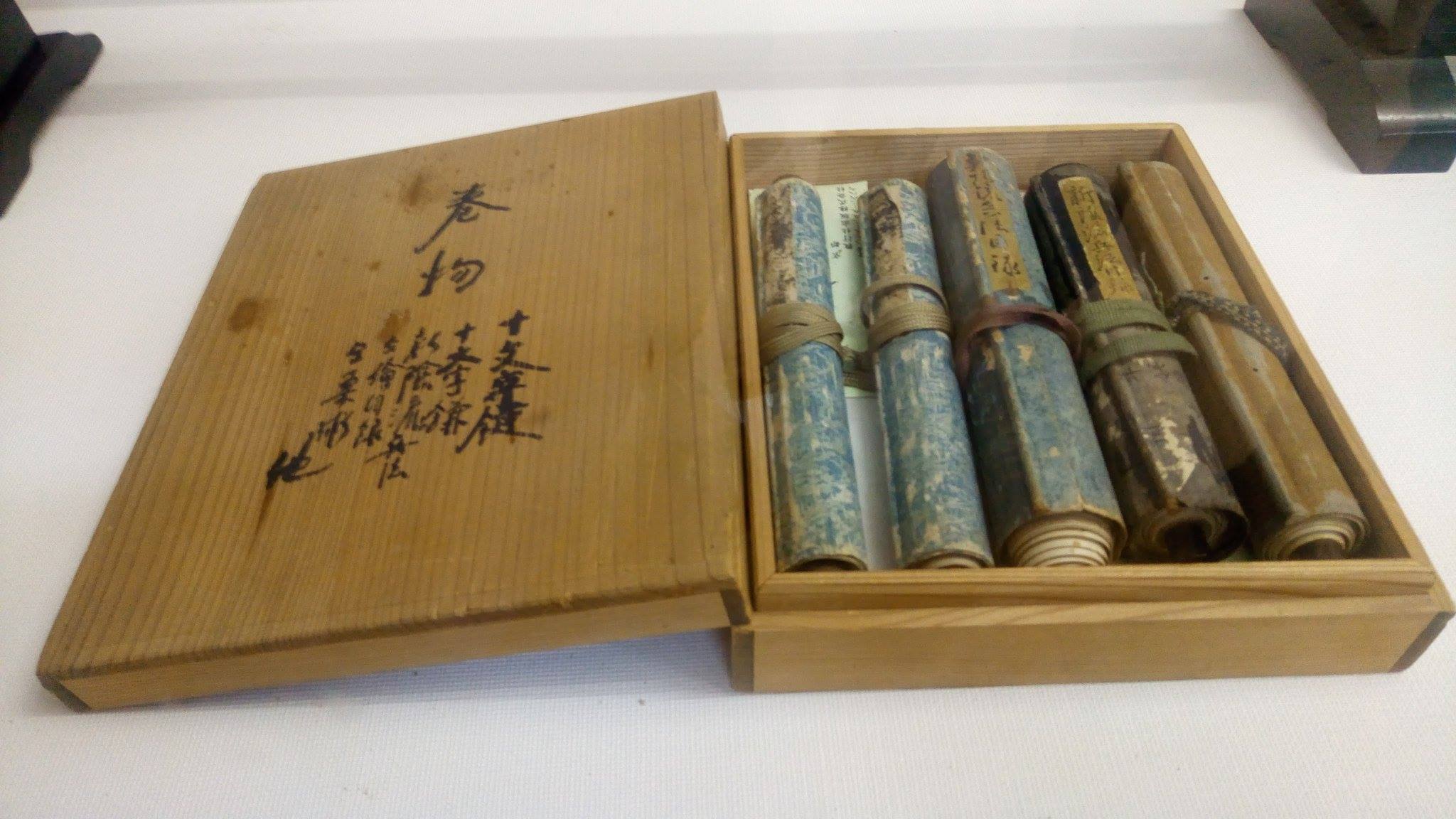
It was a grand cultural immersion into the history and tradition of the style.
______________________________________________________
Our Mexico Study Group Leader Hector Bravo said this about the rich legacy of our style in his Facebook post:
The beginning and end of the 2017 Gasshuku
“Listen to the founder, what he has to say,” said Kajitsuka Sensei.
It begins and ends with respect to the founders. Travelling to the village where the ryu was founded is to see first-hand the origin of the founder, and thus try to understand what a koryū (traditional school) is. During the installation of the Tokugawa Period, our founder Yagyu Munenori became the master in arms of the Tokugawa family, becoming a daimyo, which almost no other sword master achieved. His interest in military strategies combined with education, respect for life and spirituality led him to exchange letters with Takuan Soho. It is known that he had many students and that through them he created a famous network of information, as has been depicted in Japanese films and manga.
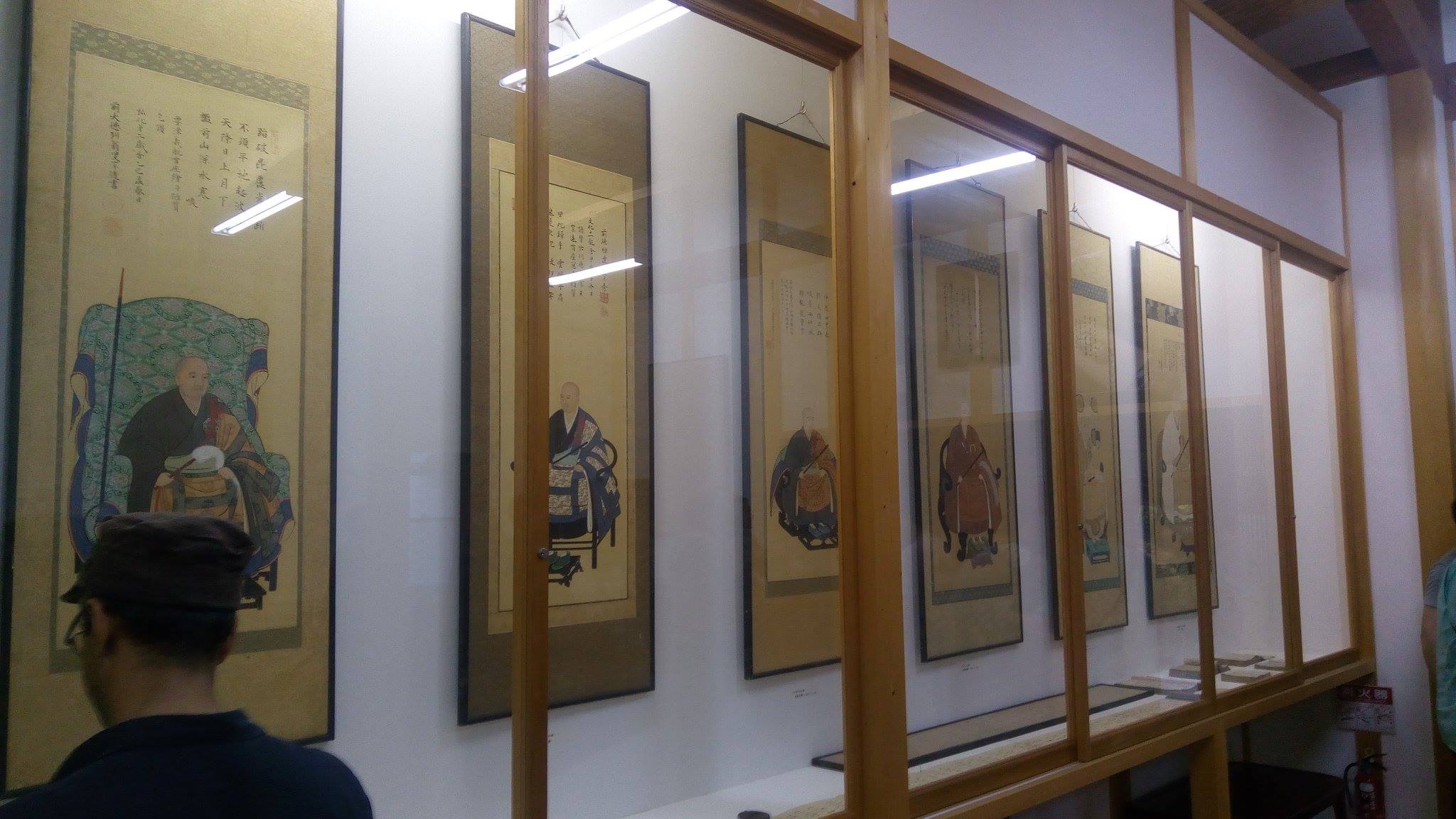
At the end of the day, our founder is heard in silence, with attachment to his book, the Heiho Kadensho (manual of military strategies), with the reading of The Immovable Mind written by Takuan Soho, and with the meditation that starts and concludes every training. Listening to the founder is to keep alive the philosophy that Shinkage Ryu has and to learn the physical, mental, and spiritual training that makes this art so special. *
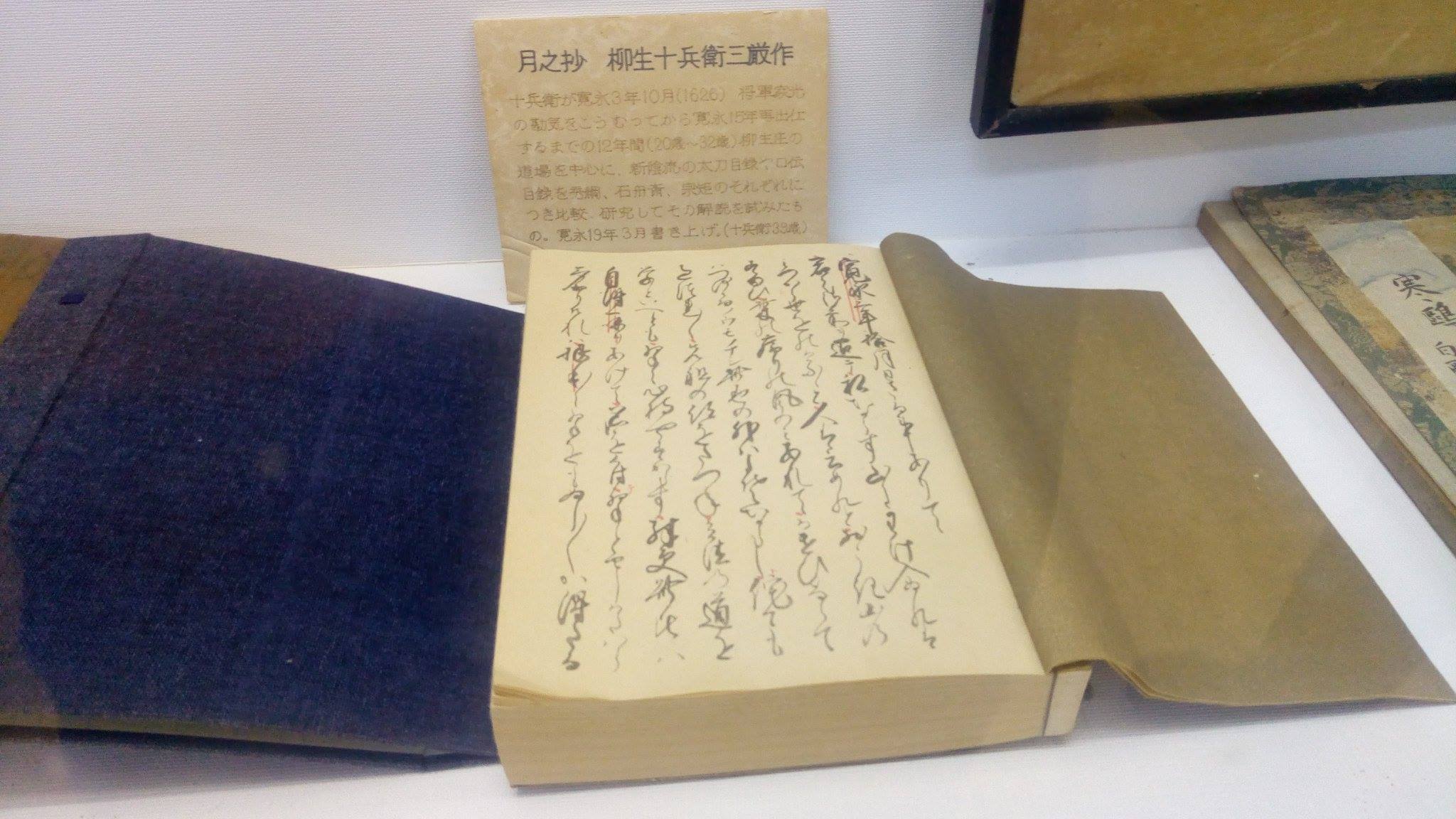
______________________________________________________
But tradition and cultural connection aside, it was also a fun camping trip.
Our participants slept in the dojo.
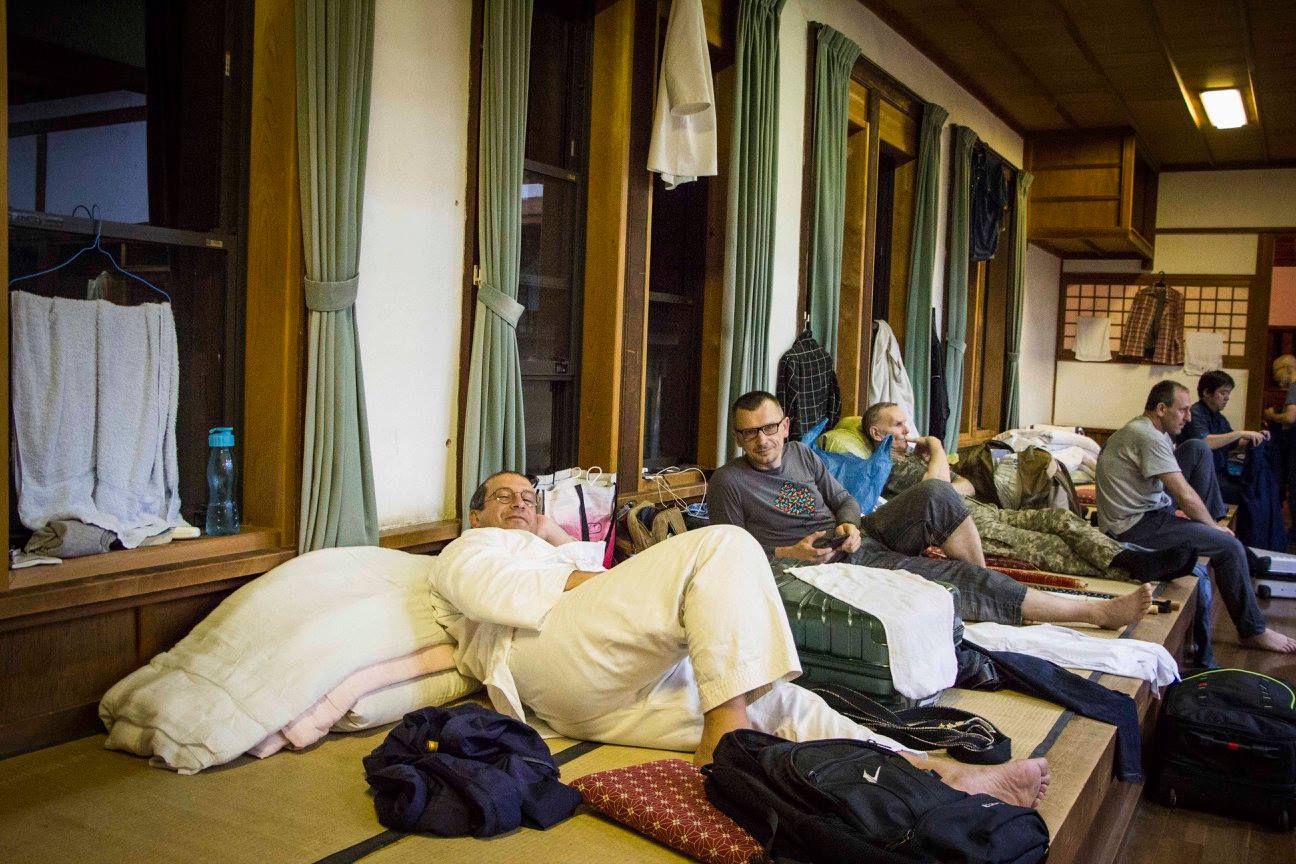
They ate communal meals together in the dining room.
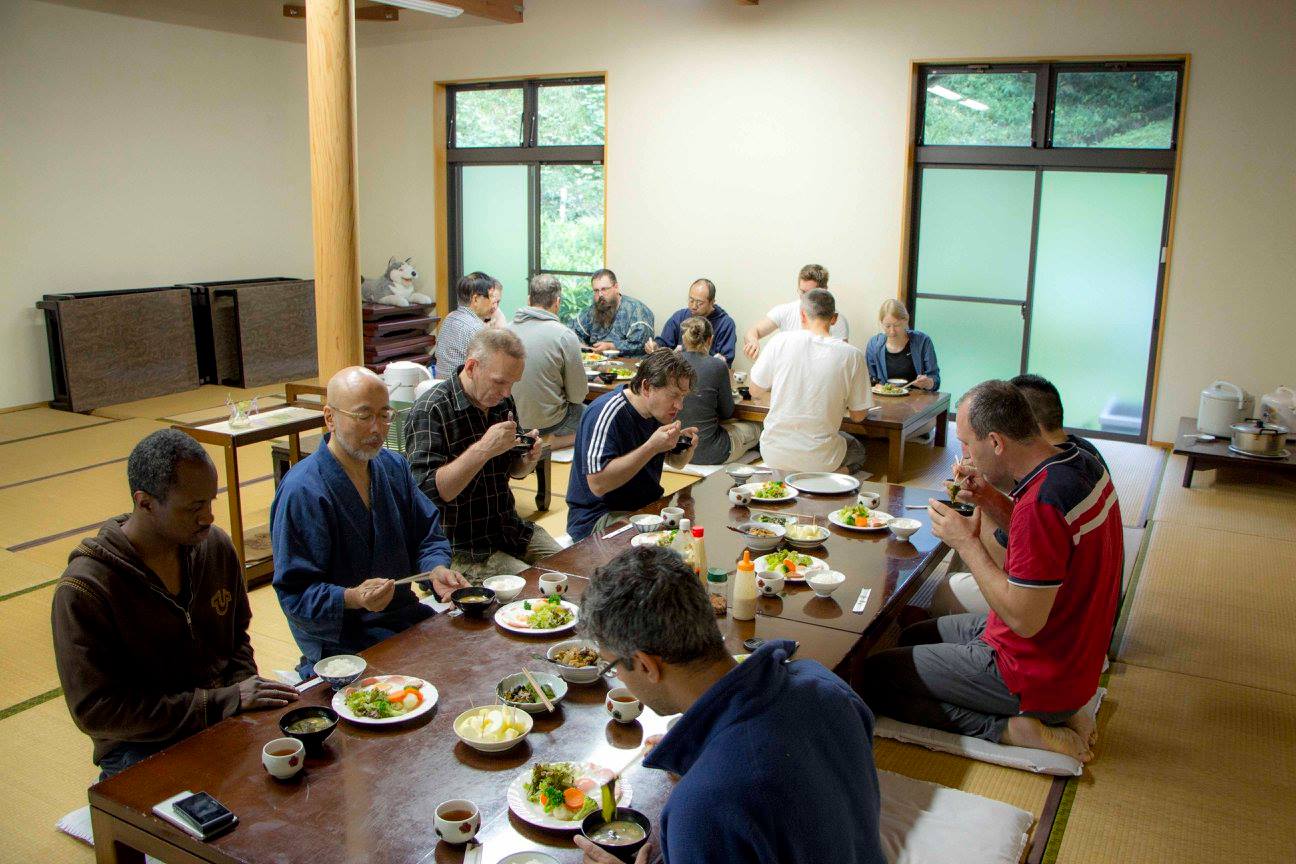
It was a historic, ground-breaking event as this was the first time our group visited Japan. For some of our members, this was their first time to meet Kajitsuka Sensei.
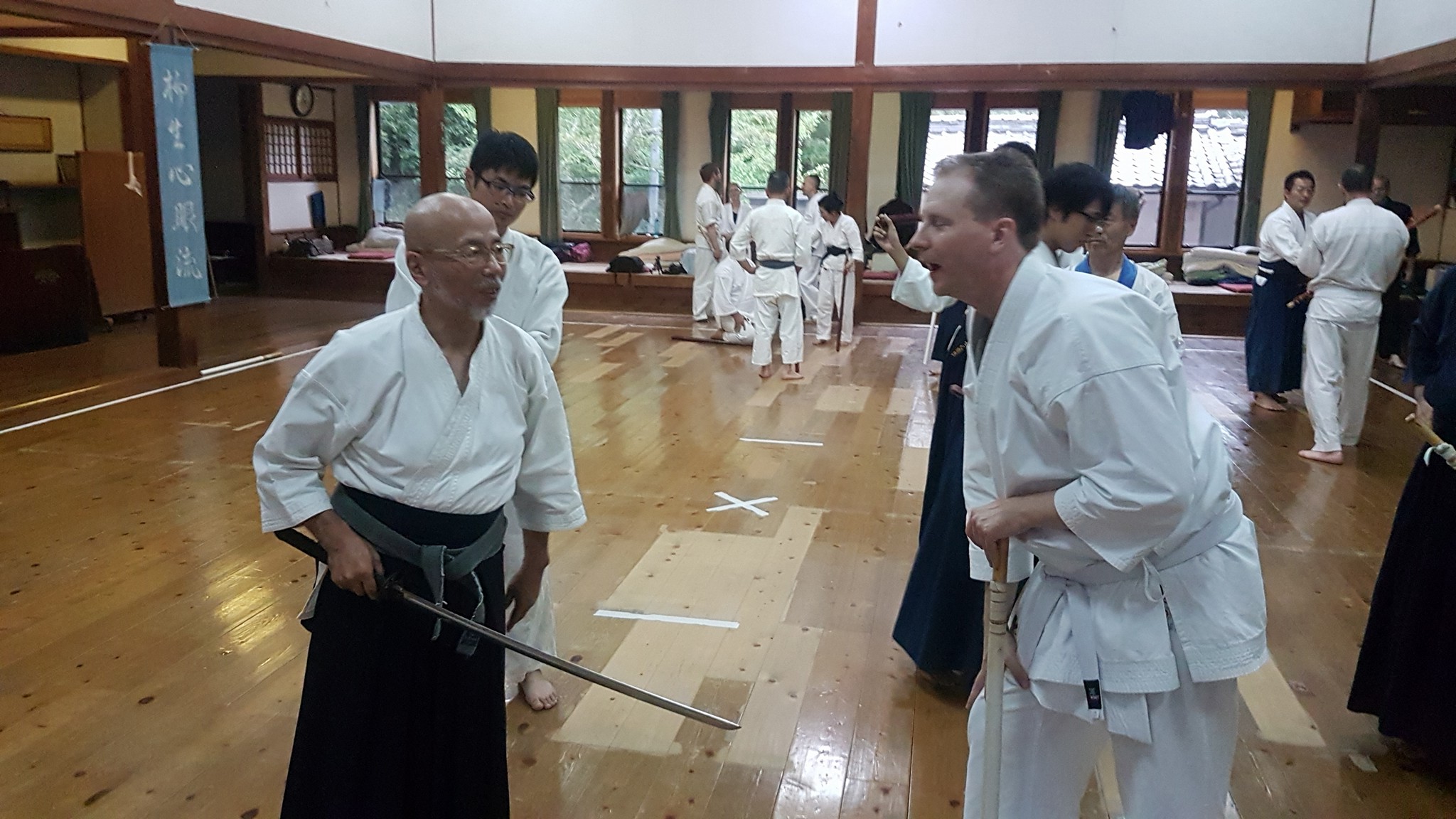
For others, it was the first time for them to experience real training in Japan with Japanese teachers and sempai. As much a cultural lesson as a budo one!
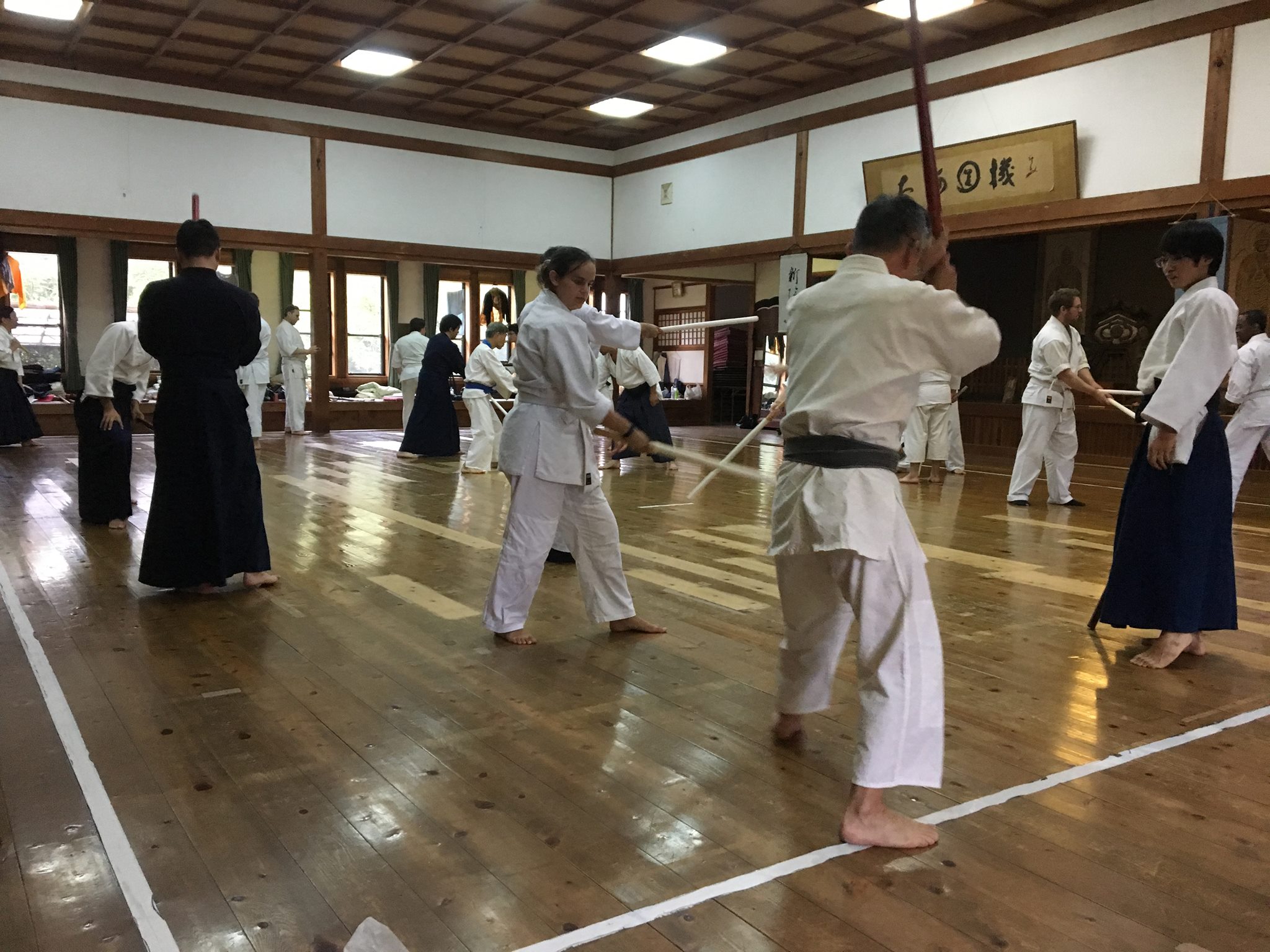
All the lessons and advice I had tried to impress upon our students over the years about the Japanese way of training and approach to budo, I think they may finally have realized.
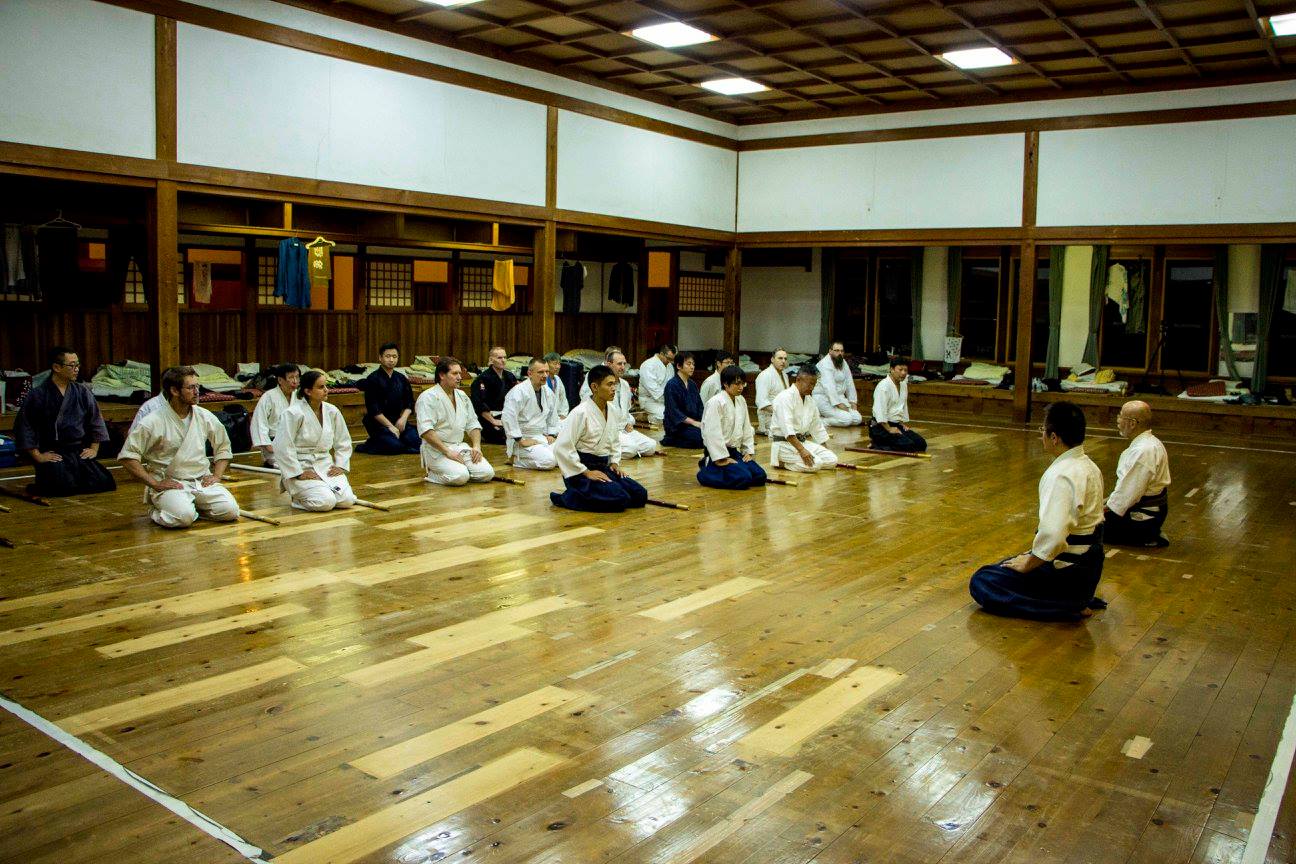
It was also a special event in that there were participants from other countries, from the other keiko-kai (study groups) worldwide. Two participants came from the Ukraine, two from Australia, one from Turkey, one from China.
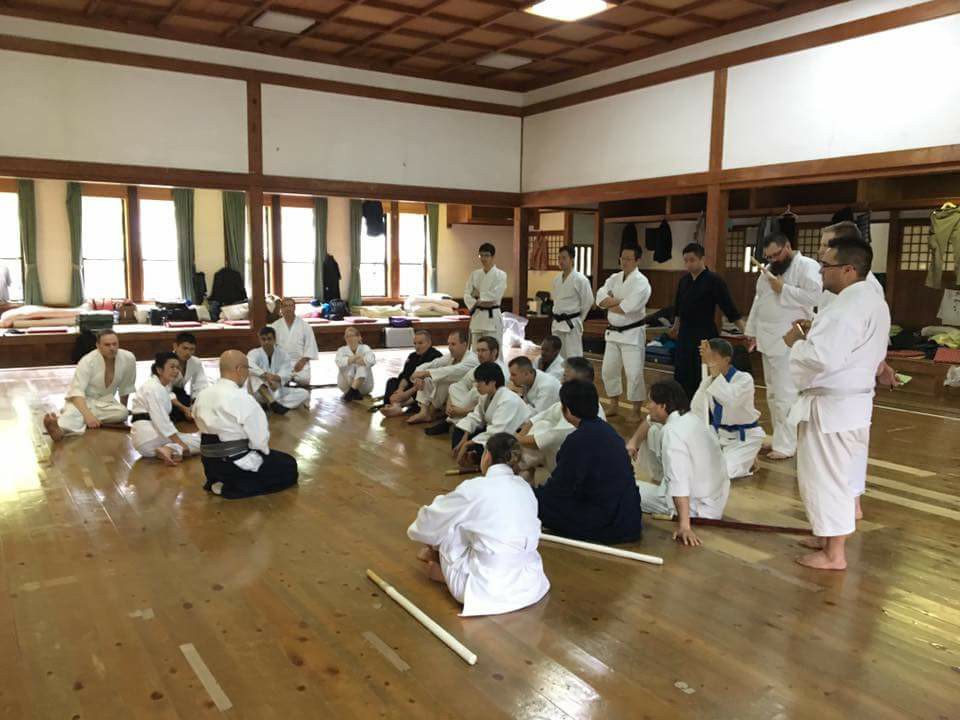
And then of course there was our group comprised of our members from Canada, USA, and Mexico. We were the North American contingent.
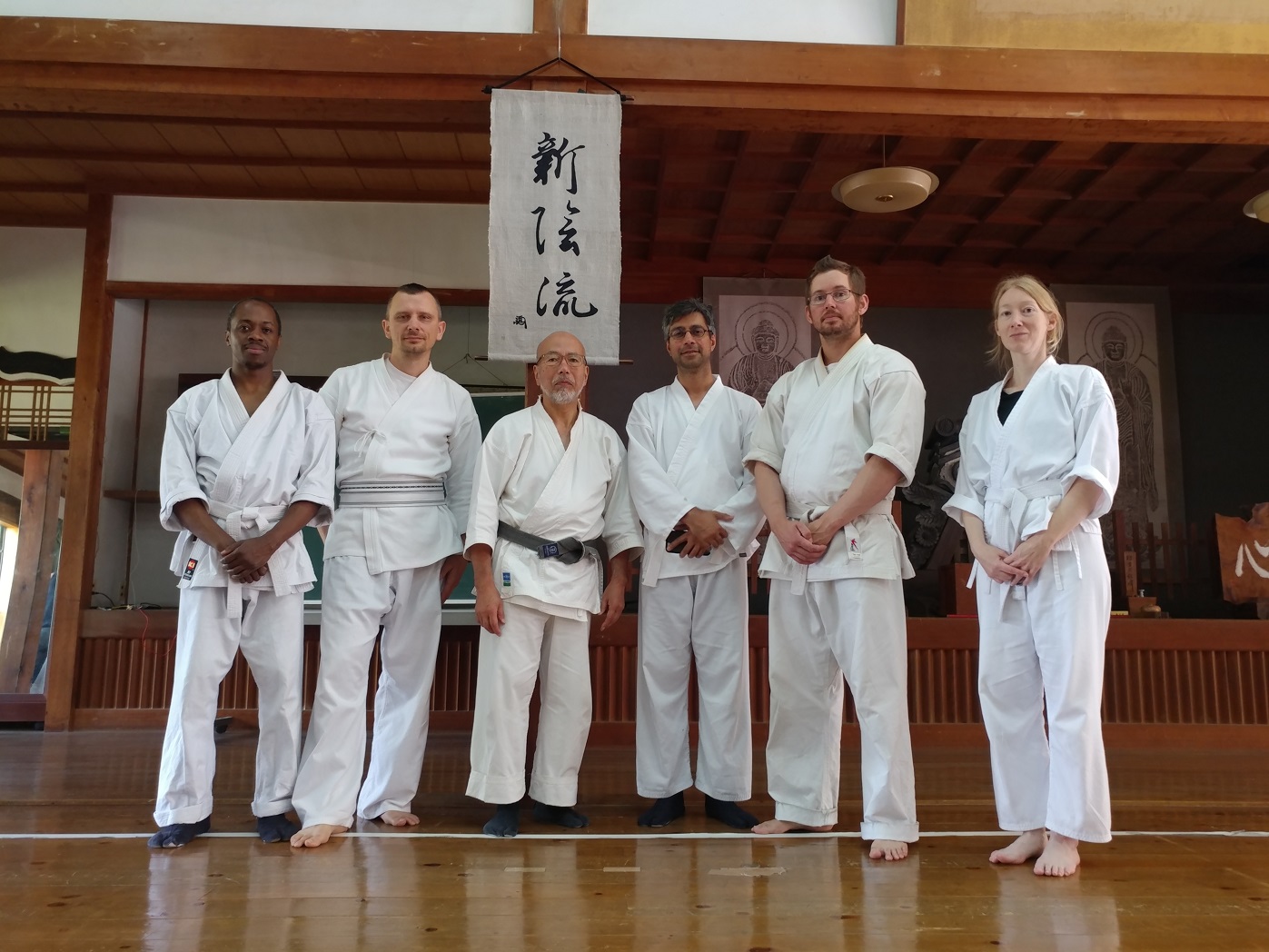
And of the 32 participants, we accounted for 9 members. We were the second largest group there.
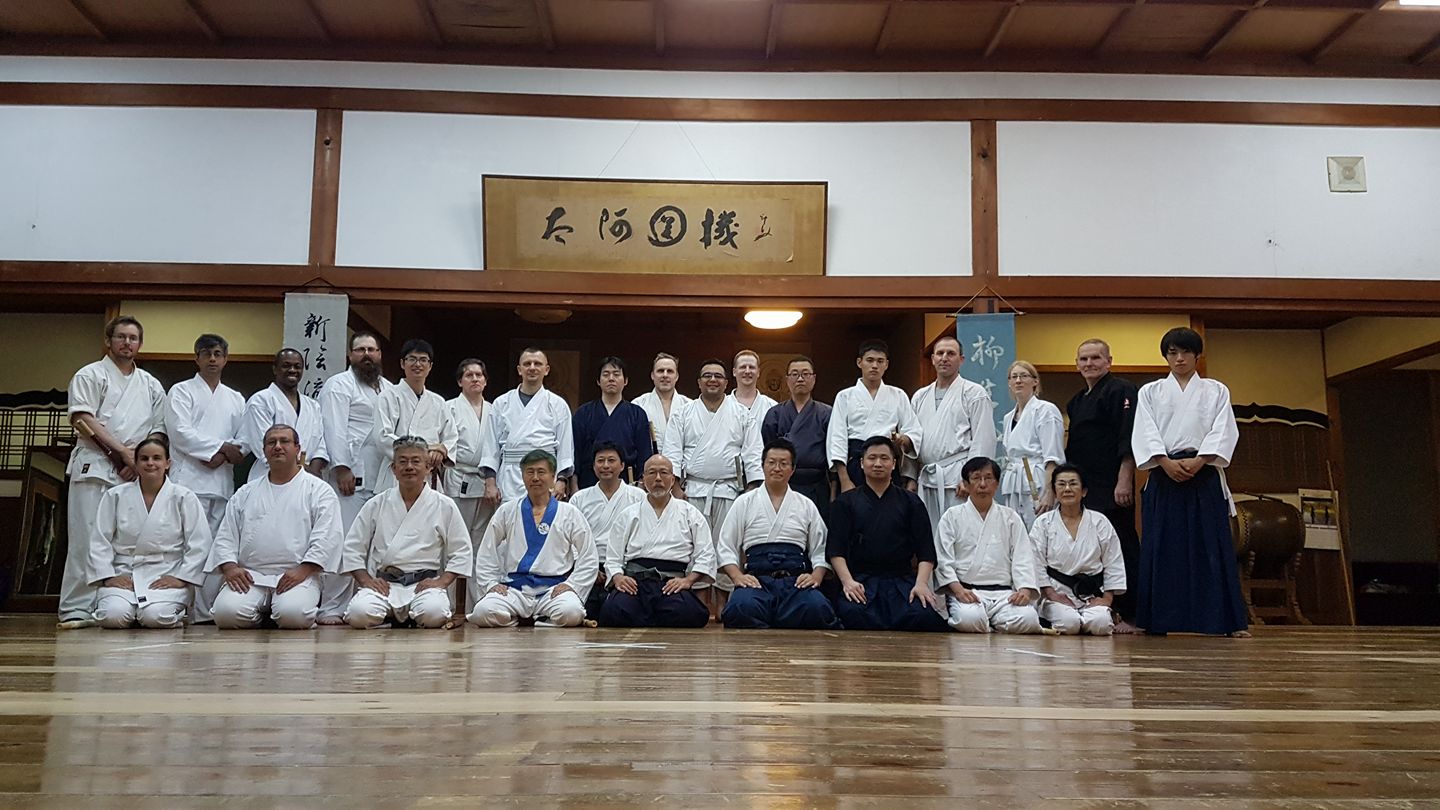
It was a great international event. We made many new friends and showed that we (the North Americans) are truly embracing the Yagyu arts and the Arakido way.
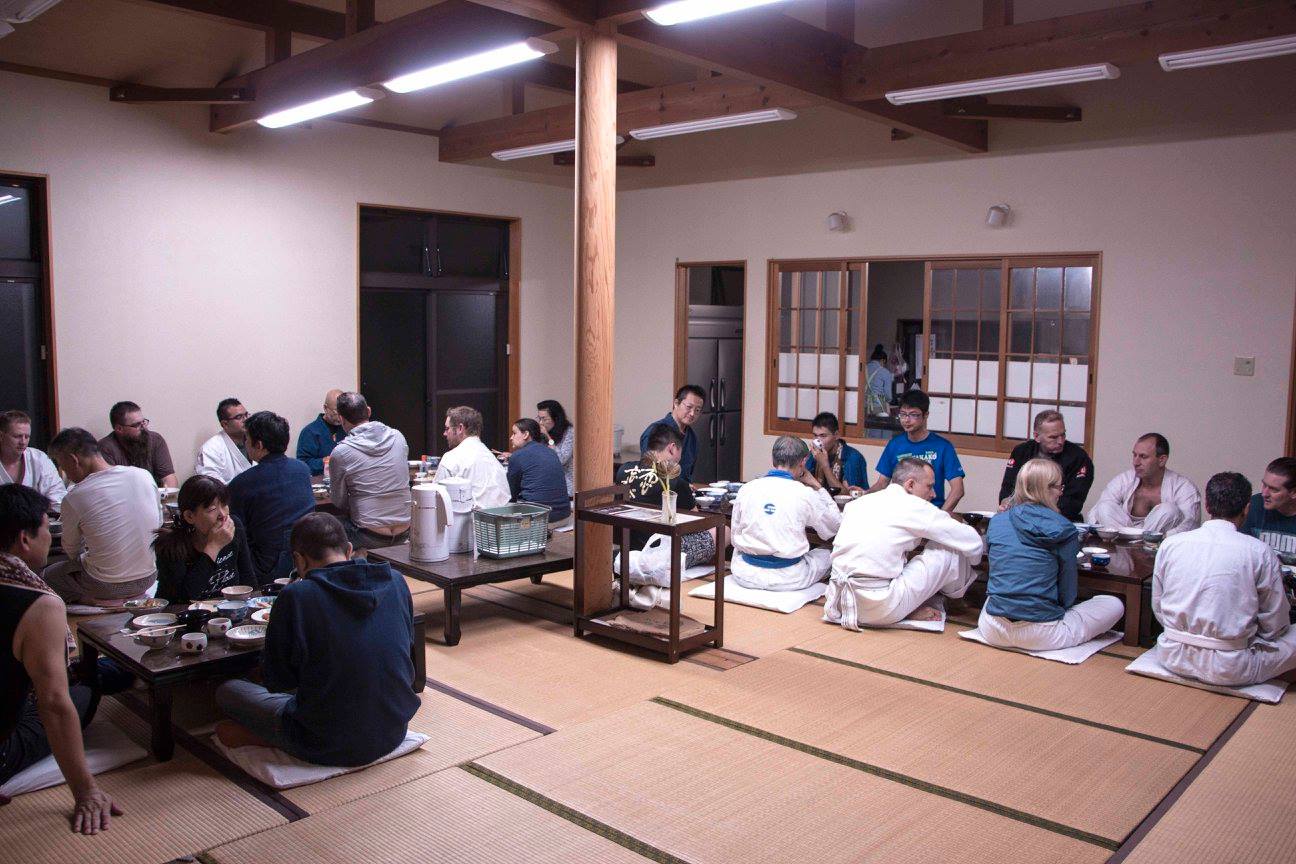
It was a great adventure for our intrepid travelers, one they will remember for all their lives and one which they will recount to others, of this special trip. Well done, Tokumeikan representatives!
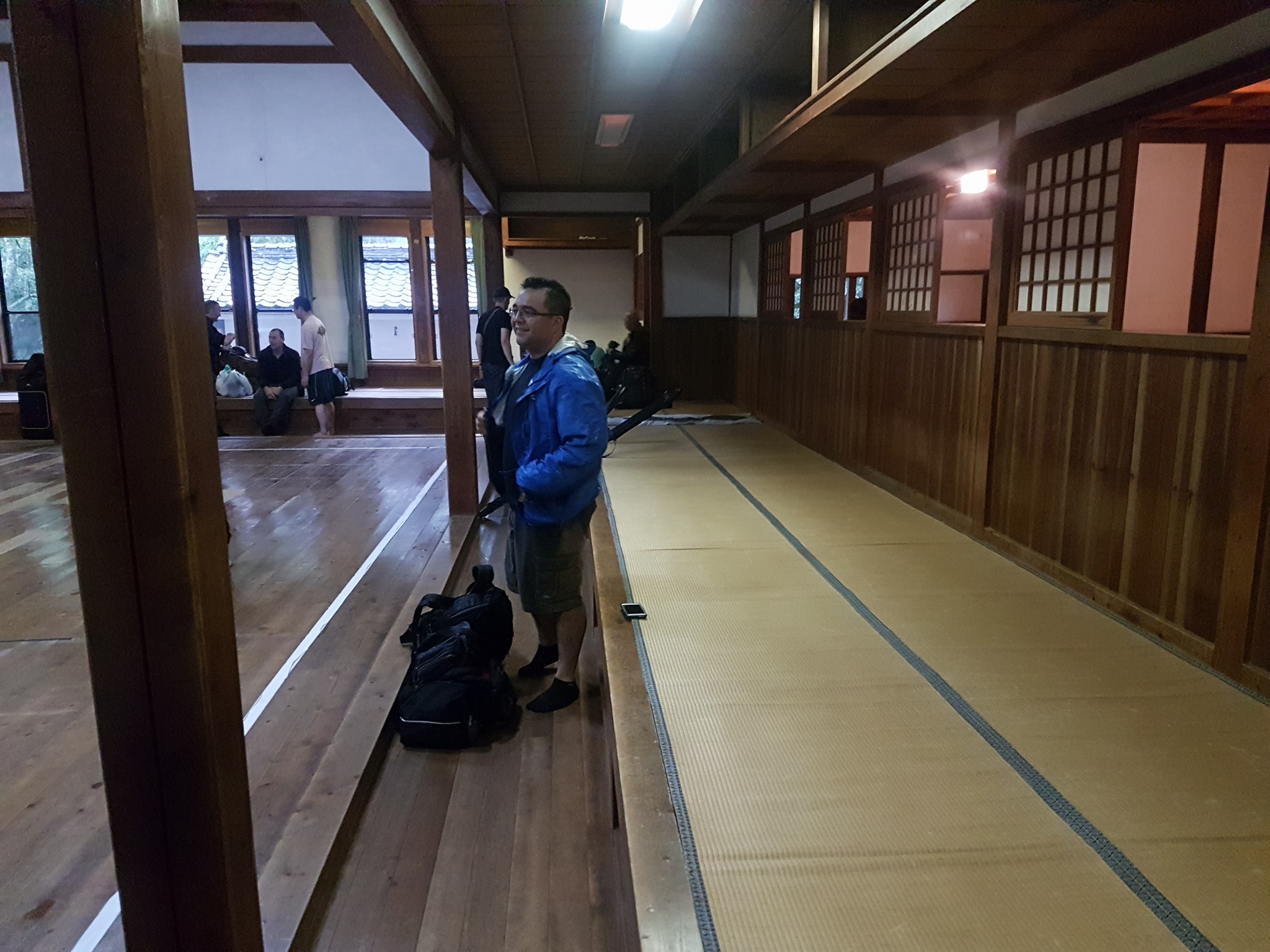
Finally, I must say a special thank you to Kajitsuka Sensei for hosting our students, showing them around Japan, and making their trip a very memorable one. It is truly appreciated!
Douglas Tong
Tokumeikan
______________________________________________________
Author’s Notes:
* Actually, Yagyu Munenori was not the Founder of the style. The Founder of the style is Kamiizumi Ise-no-Kami Nobutsuna. The second Headmaster is Yagyu Munetoshi (Sekishusai) and the third Headmaster is Yagyu Hyogonosuke (Toshitoshi).
The founder of the Edo Yagyu line was Yagyu Tajima-no-kami Munenori, the fifth son of Sekishusai. Munenori served three generations of Tokugawa shoguns, and later rose to the level of daimyo.
So, to clarify, Yagyu Munenori was the founder of the Edo Line only. This may be where the confusion lies.
